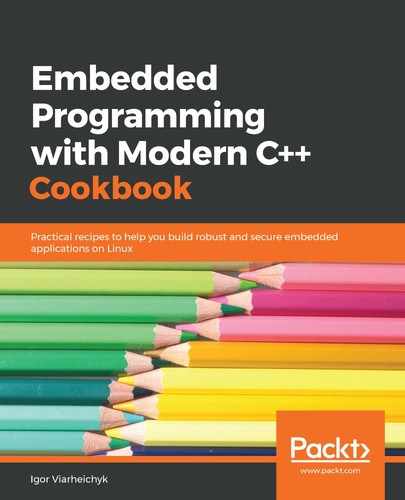For many years, the vast majority of an embedded project was developed using the C programming language. This language perfectly fits the needs of embedded software developers. It provides feature-rich and convenient syntax but at the same time, it is relatively low-level and does not hide platform specifics from developers.
Due to its versatility, compactness, and the high performance of the compiled code, it became a de facto standard development language in the embedded world. Compilers for the C language exist for most, if not all, architectures; they are optimized to generate machine code that is more efficient than those that are written manually.
Over time, the complexity of embedded systems increased and developers faced the limitations of C, the most notable being error-prone resource management and a lack of high-level abstractions. The development of complex applications in C requires a lot of effort and time.
At the same time, C++ was evolving, gaining new features and adopting programming techniques that make it the best choice for developers of modern embedded systems. These new features and techniques are as follows:
- You don't pay for what you don't use.
- Object-oriented programming to time the code complexity.
- Resource acquisition is initialization (RAII).
- Exceptions.
- A powerful standard library.
- Threads and memory model as part of the language specification.
